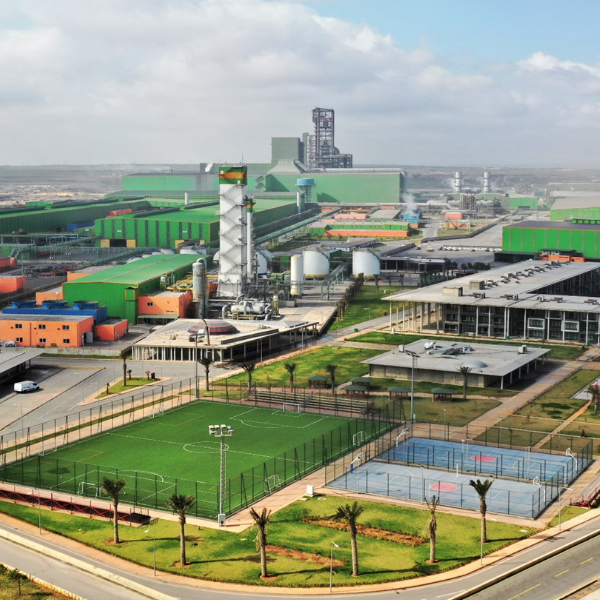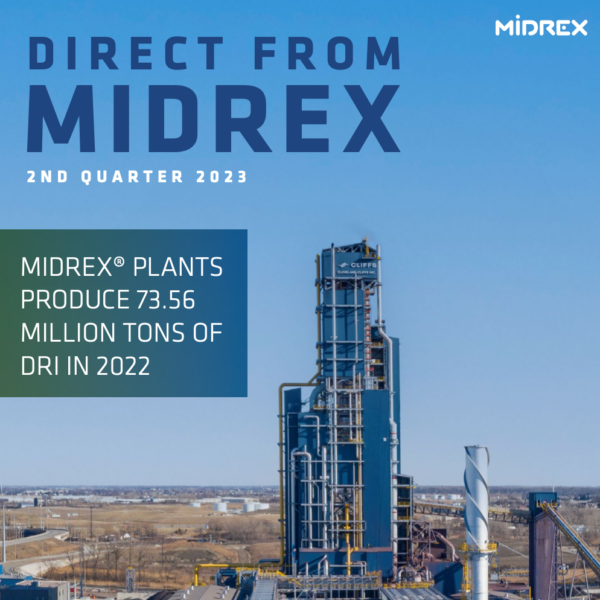MIDREX® Direct Reduction Plants – 2016 Operations Summary
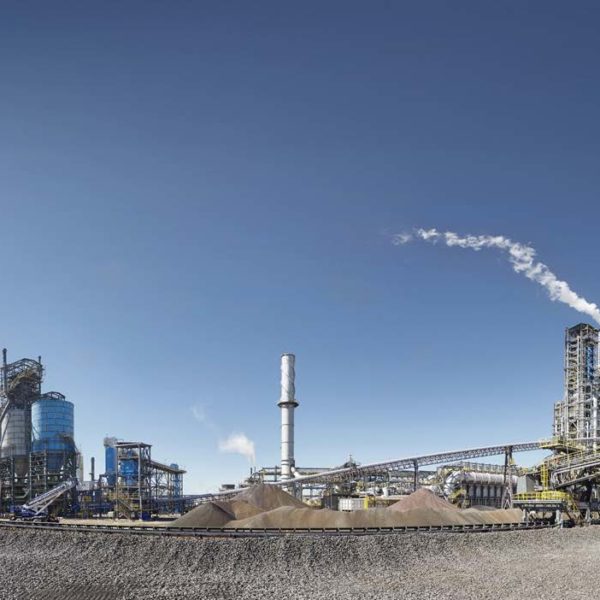
MIDREX® Plants produced 47.14 million tons of direct reduced iron (DRI) products in 2016, 3.0% more than in 2015 and 0.02 million tons more than in 2014.
The production for 2016 is estimated from the 31.13 million tons confirmed by MIDREX® Plants located outside of Iran and the 16.01 million tons within Iran, as report-ed by the World Steel Association, all from MIDREX® Plants. Over 5 million tons of Hot DRI (HDRI) were produced by MIDREX® Plants and consumed in nearby steel shops, assisting these steel shops to reduce their energy consumption per ton of steel and to increase their productivity.
MIDREX® Plants continued to account for approximately 80% of worldwide production of DRI by shaft furnaces. Production of DRI products gradually increased as the world steel industry adjusted to the ‘new normal’ of greater than 100 million tons per year (Mt/y) of steel exports from China. DRI production growth occurred mainly in Iran, where the commissioning of new plants caused output to be 10% greater than the prior year. Despite continued exports of steel from China, which dampened steel production in many locations worldwide, at least five plants established new annual production records and at least 10 plants established new monthly production records. Twelve additional MIDREX® Modules came within 10% of their record annual production and at least 10 MIDREX® Modules operated in excess of 8000 hours. Production of CDRI/HBI/HDRI appeared to increase timidly towards the end of the year.
After having fallen dramatically in 2015, iron ore prices recovered partially in 2016, nearly doubling from just over $40/t in January to almost $80/t in December. Note: This is in reference to the world bellwether figure for 62% sinter fines, as delivered to northeast China. This number was still far short of the high of nearly $190/t experienced in 2011. The changes in price are primarily driven by supply growth by the major world miners (Vale, Rio Tinto and BHP) and demand growth by the major world consumer, China. Rising prices in 2016 reflected greater than expected fixed asset investment within China simultaneous to carefully controlled supply increases by the major miners. The continued closure of the Samarco mine and pelletizing plant strongly supported ore prices, especially for DR grade pellets.
Meanwhile, the price for DRI also grew markedly. For instance, the delivered price of HBI to Italy increased by more than $100/t between January and December.
One new MIDREX® Module producing HBI started up in 2016: voestalpine Texas LLC, located near Corpus Christi, Texas, USA, a wholly owned subsidiary of voestalpine Steel Division of Austria, produced its first HBI in September.
MIDREX® Plants have produced a total of more than 920 million tons of DRI/HBI through the end of 2016.
2016 PLANT HIGHLIGHTS
Note: No DRI production data was received from the plants located in Iran at the time of this publication.
ACINDAR
ACINDAR’s MIDREX® Plant started off the year operating close to maximum capacity but ended the year at reduced capacity after the typical winter natural gas curtailments due to a downturn in the local market for long products. In 38 years of operation, ACINDAR’s MIDREX® Plant has produced 29.15 million tons, the most by a single MIDREX® Module to date.
ANTARA STEEL MILLS
The first MIDREX® Plant designed to make HBI produced 2% under annual rated capacity due to market constraints.
ARCELORMITTAL HAMBURG
In its 45th anniversary year, AM Hamburg’s MIDREX® Plant, the oldest in operation (since 1971), comfortably exceeded annual rated capacity in 2016, averaging over 79 t/h, and came within 1% of its record annual production set in 2004 and its monthly production record set in August 2015 while maintaining DRI quality of 95% metallization.
ARCELORMITTAL LAZARO CARDENAS
AMLC produced 8% over its rated capacity of 1.2 million tons. Production rate averaged more than 180 t/h for the year. AMLC surpassed 29 million tons cumulative production since its start-up in August 1997.
ARCELORMITTAL MONTREAL
After setting annual production records for two consecutive years in 2013 and 2014 and almost equaling its 2014 production record in 2015, Module II’s production was within 5% of its 2014 record production despite reducing production near year end. Module I’s production for the year was well over rated capacity despite being down for the first three months of the year due to market conditions. Module I and Module II almost equaled their monthly production records, both falling short by less than 1%.
ARCELORMITTAL POINT LISAS
All three of AMPL’s MIDREX® Modules remained shut down throughout the year.
ARCELORMITTAL SOUTH AFRICA (SALDANHA WORKS)
Operation of the COREX® export gas-based MXCOL® Plant was limited by the availability of gas from the COREX® Plant, which was down for major maintenance during August and September. The MXCOL® Plant used on average more than 68% South African lump ore for the year.
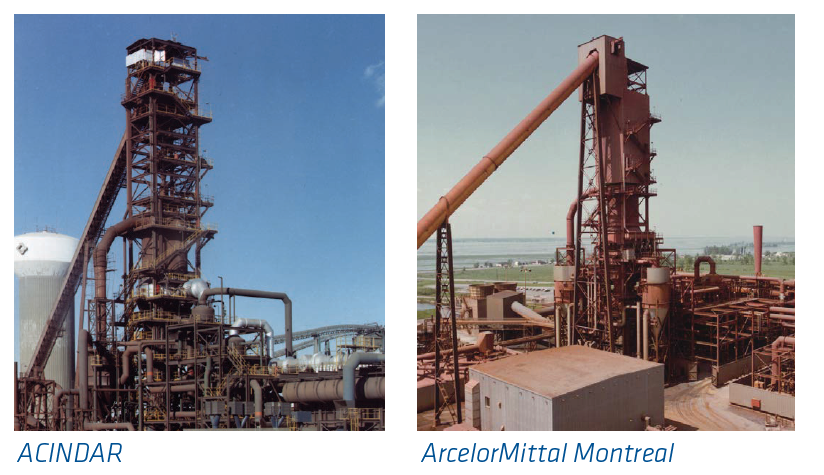
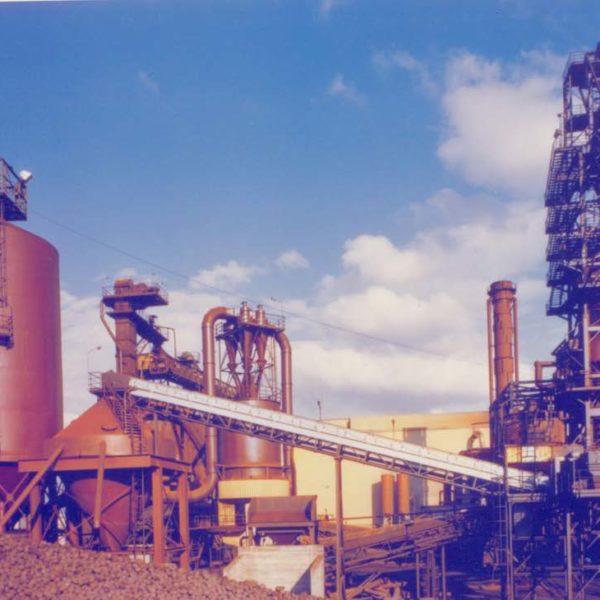
ArcelorMittal Hamburg
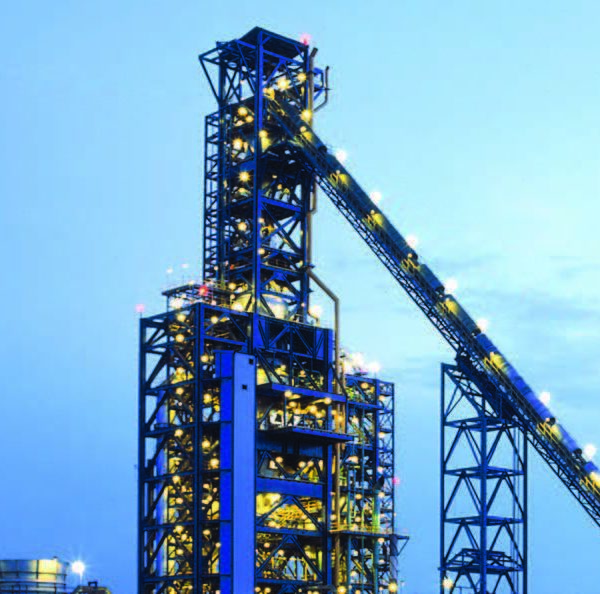
ArcelorMittal Lazaro Cardenas
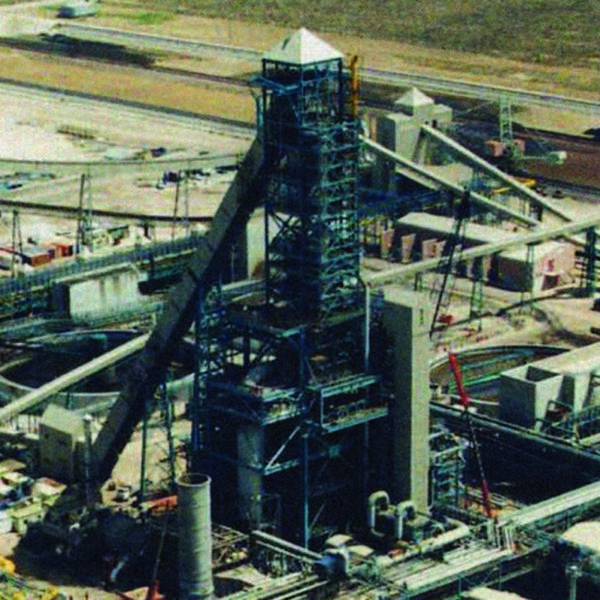
ArcelorMittal South Africa
COMSIGUA
COMSIGUA operated at reduced capacity for about one-third of the year due to the limited supply of locally produced pellets. COMSIGUA has produced 15 million tons of HBI since initial start-up in 1998.
DELTA STEEL
The two Delta Steel MIDREX® Modules did not operate.
DRIC
DRIC’s two MIDREX® Modules in Dammam, Saudi Arabia, were limited by the demand of their neighboring Al-Tuwairqi steel shops. Module 2, which operated over 8100 hours in 2016, was within 5% of its annual production record and set a new monthly production record in February.
ESISCO
Due to the high price and reduced availability of natural gas in Egypt, as well as the competition of foreign steel products, ESISCO did not operate.
ESSAR STEEL
With the economic equation moving in favor of DRI production due to a drop in natural gas prices in India, Essar restarted Modules 4, 3 and 2 in February, May and October, respectively. Modules 5 and 6 operated the whole year, using off-gas from Essar’s COREX® Plant as part of their energy input. Module 6 twice broke its previous monthly production records, in March and December.
EZDK
Limited by natural gas availability in Egypt, EZDK’s MIDREX® Modules production increased to just over 1.75 million tons, which is about 58% of their maximum capacity. Since its initial start-up 30 years ago, Mod 1, rated for 716,000 t/y, has produced 24 million tons despite a slowdown in the last few years and operating for only about 3 months in 2016 due to the limited availability of natural gas. EZDK has focused on maximizing production of DRI with the natural gas available to them.
FERROMINERA ORINOCO
Ferrominera Orinoco’s MIDREX® HBI Plant in Puerto Ordaz operated at reduced capacity of seven months, producing approximately 21% of its total annual rated capacity due to limited availability of locally produced oxide pellets in Venezuela.
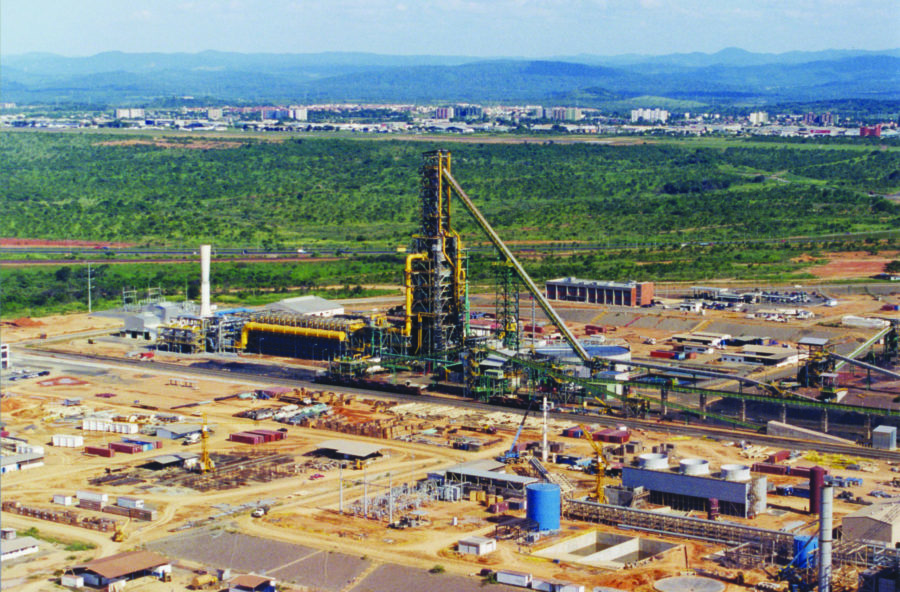
Comsigua
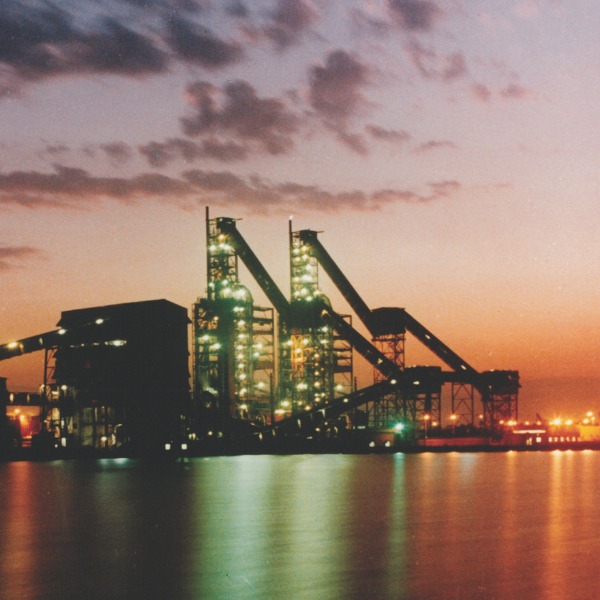
Essar Steel
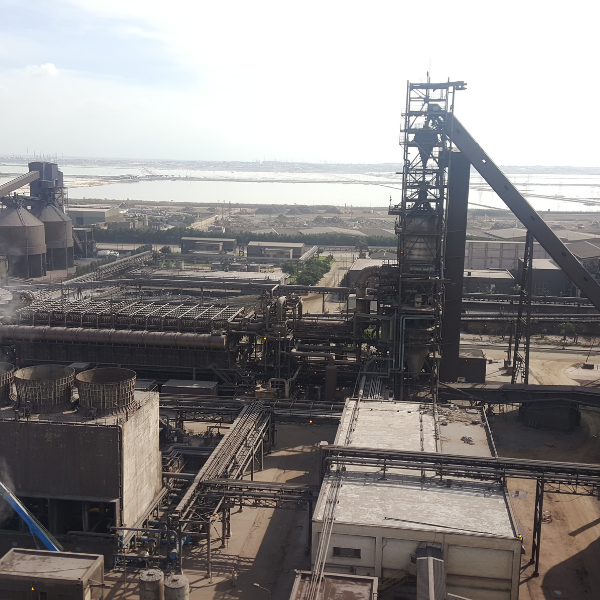
EZDK
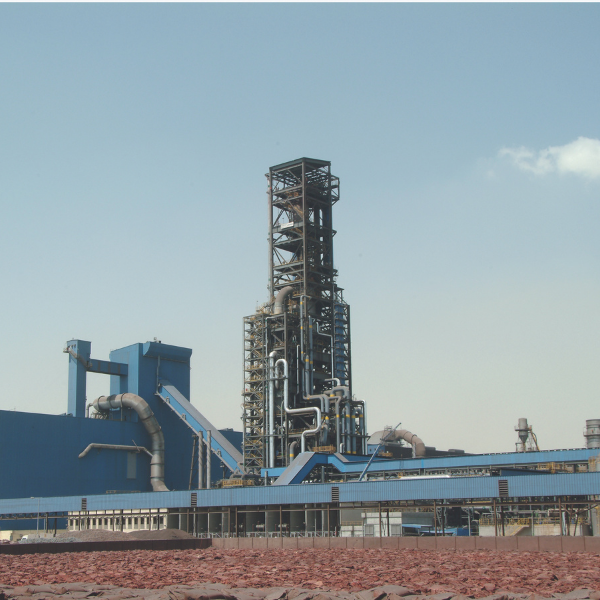
Hadeed
HADEED
Hadeed exceeded rated capacity for the 32nd consecutive year in Modules A and B and for the 24th consecutive year in Module C. Modules A and B averaged an exceptional 8630 hours of operation and were within 10% of their production records. Hadeed’s Module E produced within 1% of its rated capacity despite a ma-jor maintenance shutdown in October. Module E fed over 50% of its production as HDRI to an adjacent EAF while producing the balance as Cold DRI (CDRI) for another of Hadeed’s EAFs. Hadeed’s four MIDREX® Modules have produced more than 82 million tons of DRI to date.
JINDAL SHADEED
In 2016, Jindal Shadeed produced 1.3% less than its production record set in 2015, limited by the availability of natural gas. The plant operated 8114 hours during the year. This MIDREX® Plant is designed to produce mainly HDRI, with HBI as a secondary product stream. A major portion of its production (80%) was consumed as HDRI by Jindal Shadeed’s own steel shop adjacent to the DR plant.
JSPL (ANGUL)
Jindal Steel and Power Ltd.’s (JSPL) combination HDRI and CDRI plant in Angul, Odisha State, India, set a new monthly production record in January. This is the first MXCOL® DRI plant using synthesis gas from coal gasifiers to produce HDRI and CDRI for the adjacent steel shop. Operation began in 2014, and in 2016, more than 84% of its DRI production was supplied hot to the steel shop.
JSW STEEL (DOLVI)
JSW Steel’s MIDREX® Plant producing CDRI came out of a major maintenance shutdown in early January and set a new annual production record, operating 8331 hours at increased production rates and exceeding the previous record set in 2009 by 12%. The plant also set a new monthly production record in December and operated 122 days in February through June without a stoppage. A new system installed at the end of 2014 to reduce DR plant natural gas consumption operated throughout the year. The system adds Coke Oven Gas (COG) from JSW Steel’s on-site coke oven batteries to the MIDREX® Shaft Furnace. The MIDREX® Plant, rated for 1.0 million tons per year, has produced over 25 million tons and has operated over 8000 hours on average per year since its start-up in September 1994.
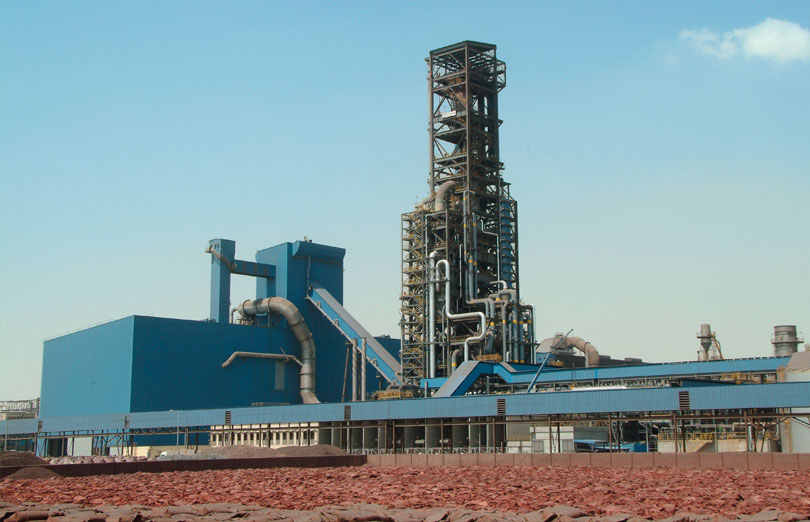
Hadeed Module E
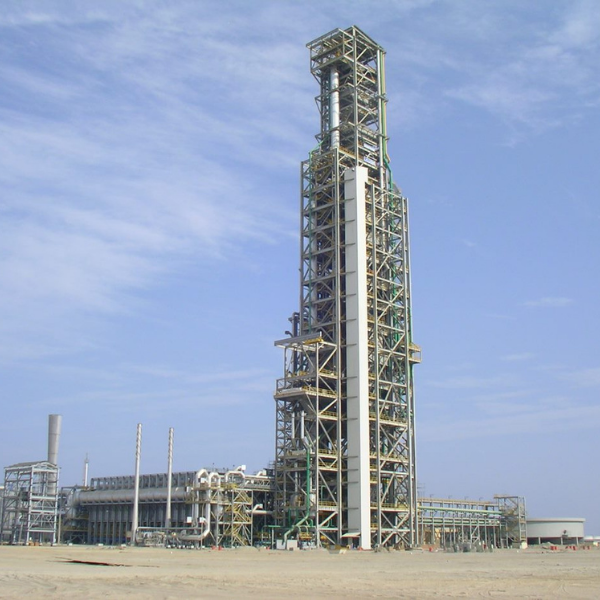
Jindal Shadeed
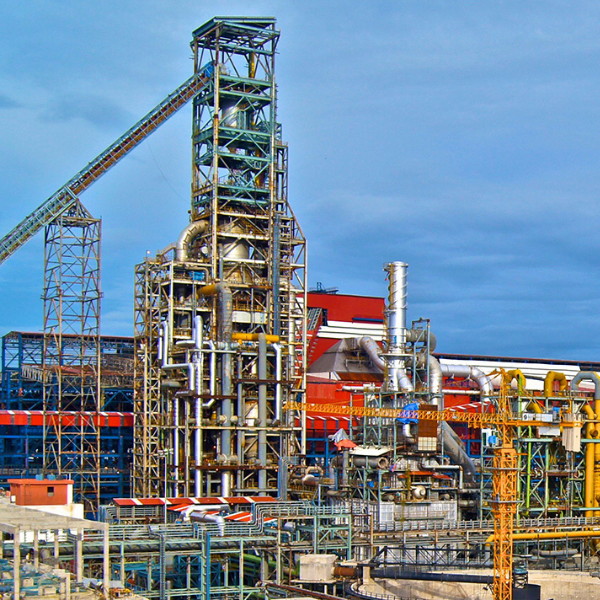
JSPL (Angul)
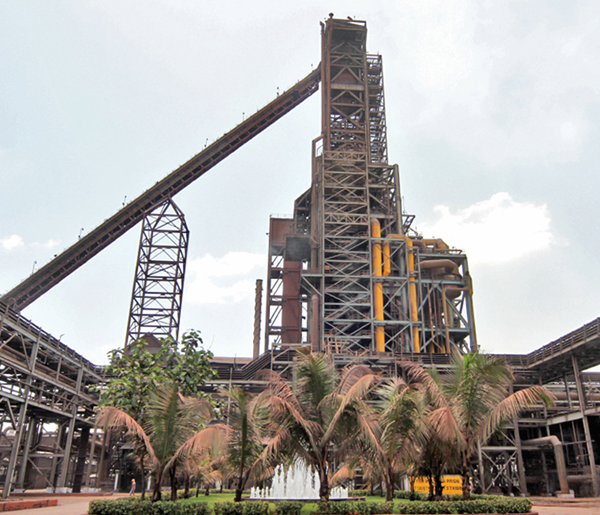
JSW Steel (Dolvi)
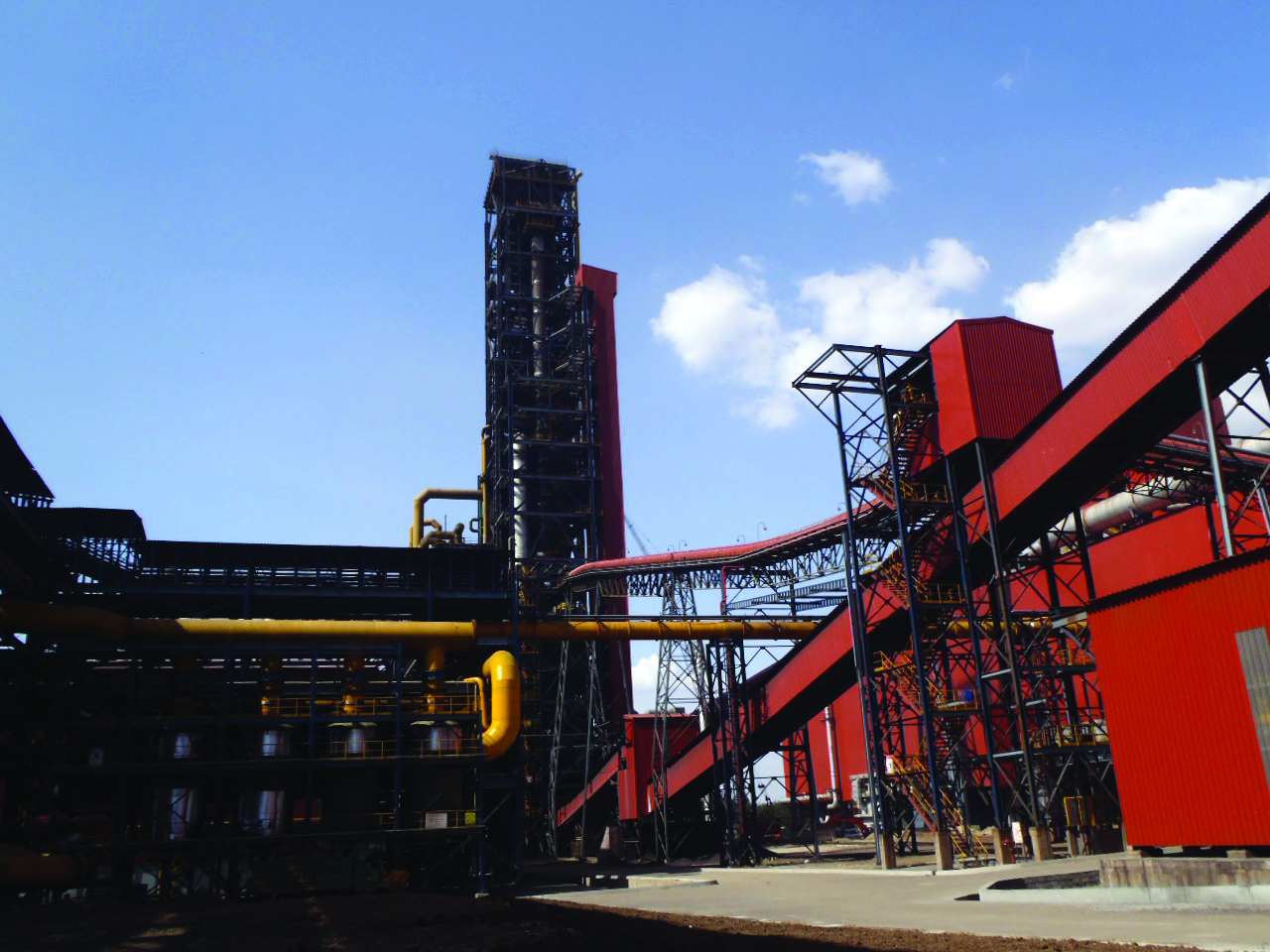
JSW Steel (Toranagallu)
JSW STEEL (TORANAGALLU)
JSW Steel’s cold/hot DRI plant using COREX® export gas in Toranagallu, Karnataka State, India, started up in August 2014, set a new annual production record and broke monthly production records twice in 2016. This is the second plant of its kind, the first one being the COREX®/ MIDREX® Plant at Saldanha, South Africa.
LEBEDINSKY GOK
LGOK’s MIDREX® HBI-2 Module produced 13% over its rated capacity, only 3.3% under its record production in 2015, with 8288 hours of operation in 2016. This comes on the heels of an also commendable 8254 hours of operation in 2015.
LION DRI
The Lion DRI plant, located near Kuala Lumpur, Malaysia, continued operating at reduced production levels into January, when it was shut down due to insufficient market demand for locally produced steel products in Malaysia.
LISCO
The production at the three MIDREX® Modules in Misurata, Libya, increased 53% over 2015 totals but continued to be restricted by natural gas supply.
NU-IRON
In its 10th anniversary year, Nucor’s MIDREX® Plant in Trinidad and Tobago operated within 5% of its annual production record after establishing annual production records the previous two years. Average DRI metallization for the year was the highest of all MIDREX® Plants at 96.07%, with 2.74% carbon in the DRI. At the end of November, Nu-Iron was restarted using oxygen injection to further boost production.
OEMK
OEMK produced over 3.0 million tons in 2016, with Modules 1 and 4 setting new annual and monthly production records. Modules 2 and 3 came within 3% of their annual production records. The average operating hours for OEMK’s four modules was an exceptional 8459 hours in the year. OEMK’s four modules have produced over 63 million tons since start-up of the first module in December 1983.
QATAR STEEL
In its 9th full year of operation, Qatar Steel’s dual product (CDRI and HBI) Module 2 produced 6.6% below its record production after establishing new annual production records each of the five previous years. This MIDREX® Module operated 18% over its rated annual capacity of 1.5 million t/y, totaling 1,762,564 tons for the year, and broke its monthly production record twice, in March and in May, with hourly production rates of 231 and 232 t/h, respectively. Almost the entire production from Module 2 was CDRI, with metallization averaging 94.7% for the year. The production of Module 1 was only 7.2% below its record annual production.
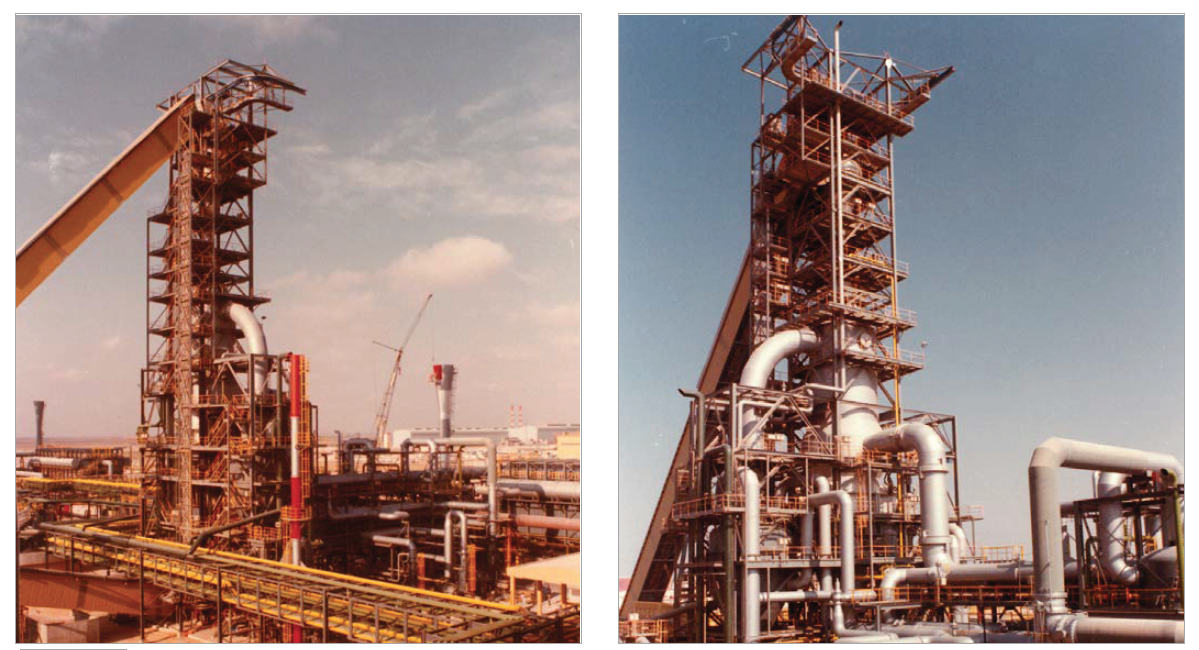
LISCO 1
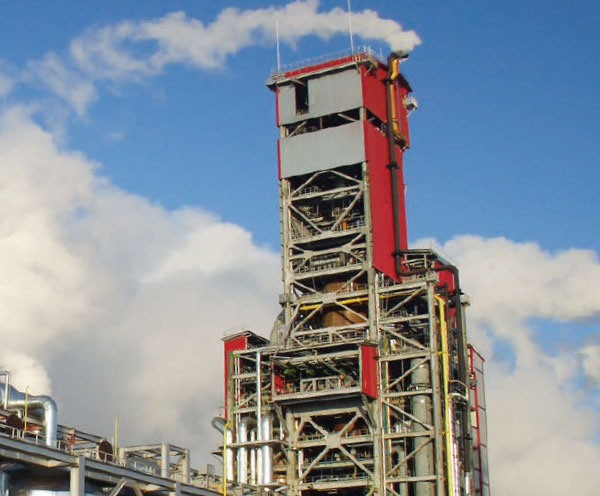
LGOK HBI-2
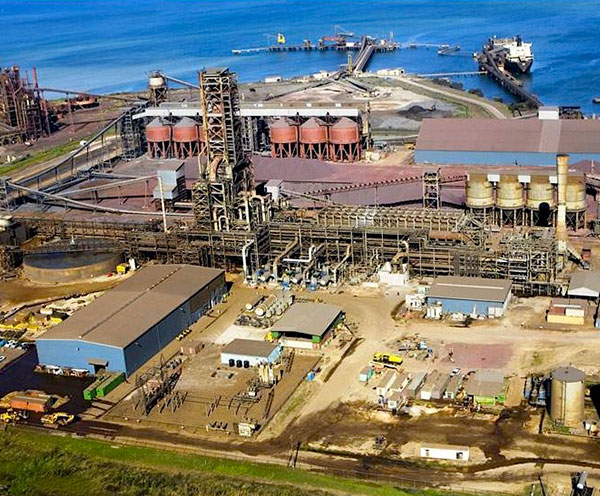
Nu-Iron Trinidad and Tobago
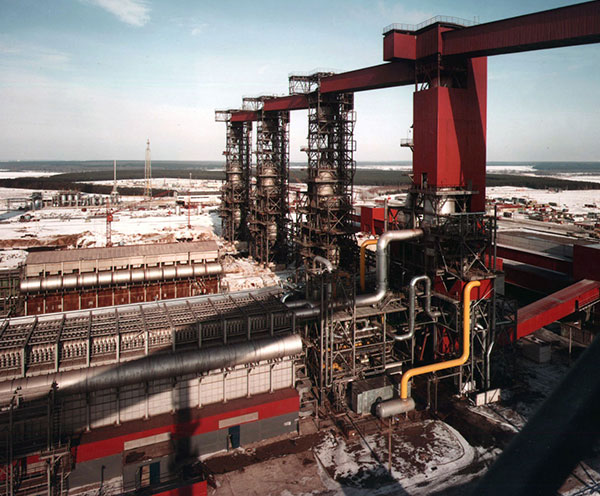
OEMK
SIDOR
Production from all four of Sidor’s MIDREX® Modules was 0.66 million tons, limited by oxide pellet and natural gas availability. Module 2C remained shut down the whole year.
SULB
SULB’s 1.5 million tons/year combo MIDREX® Plant (simultaneous CDRI and HDRI production) in Bahrain was limited by market demand in its 3rd full year of operation but did establish a new monthly production record in March, averaging 196.5 t/h. HDRI sent directly to the steel mill accounted for 67% of DR plant production, while over 70% of the CDRI produced was shipped to third parties by sea.
TENARISSIDERCA
In its 40th anniversary year, TenarisSiderca operated well below maximum capacity and was down from February through August due to limited DRI demand by the steel shop and natural gas curtailments during the winter months.
TUWAIRQI STEEL MILLS
The Tuwairqi Steel Mills 1.28 million tons/year MIDREX® Plant located near Karachi, Pakistan, did not operate due to market conditions
VENPRECAR
VENPRECAR’s HBI production was restricted by the limited availability of iron ore pellets in Venezuela.
voestalpine TEXAS
The new voestalpine Texas MIDREX® Plant located near Corpus Christi, Texas, USA, designed to produce 2.0 million tons of HBI per year, was successfully started up at the end of September and exported its first shipment of HBI to the steel mills of voestalpine AG in Austria in 2016.
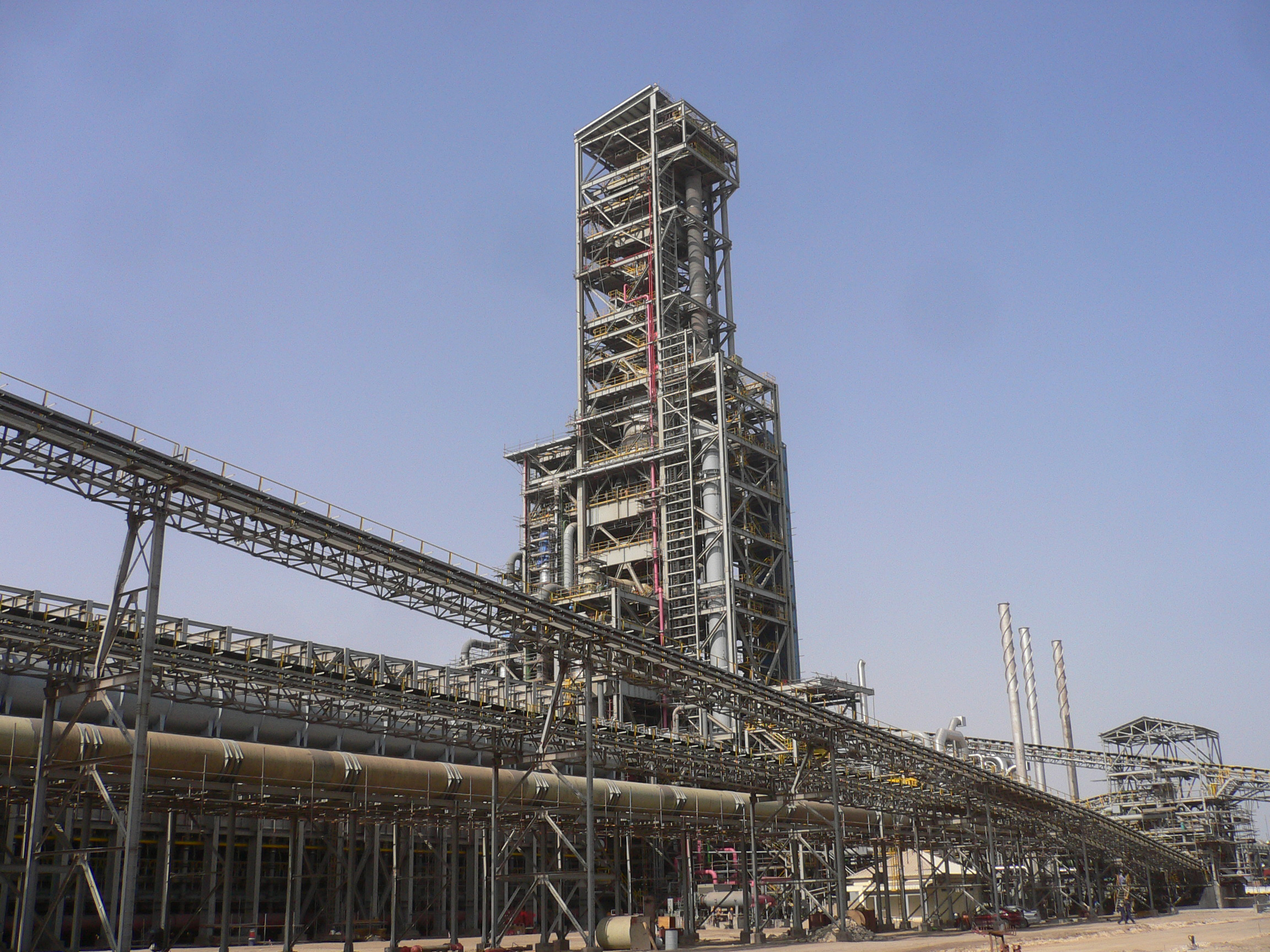
Qatar Steel
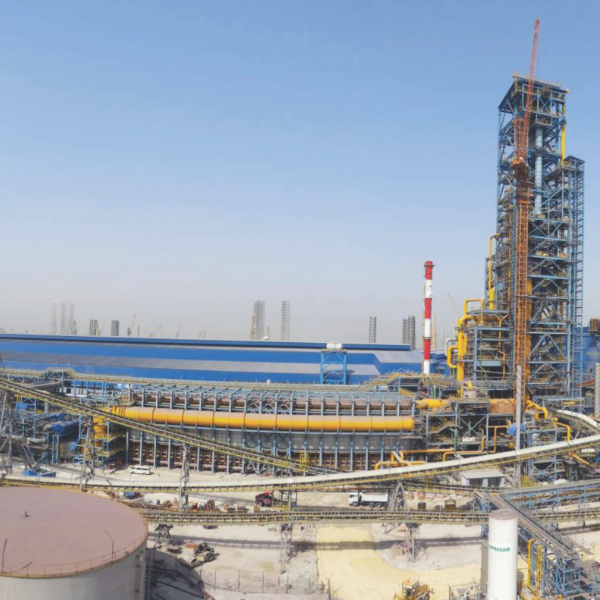
SULB
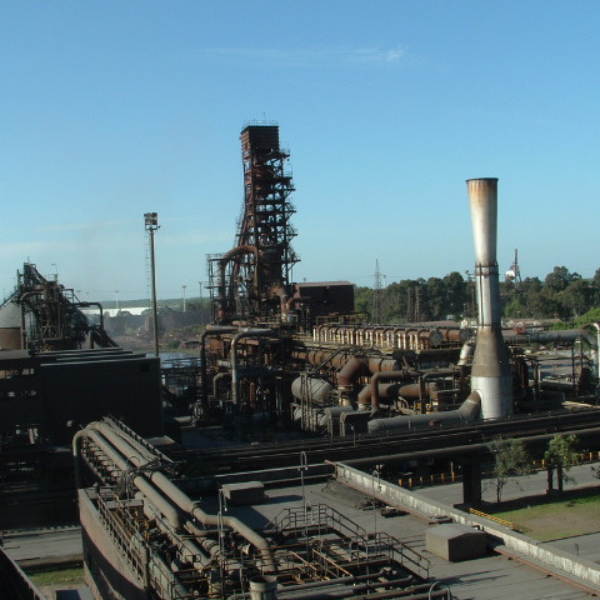
TenarisSiderca
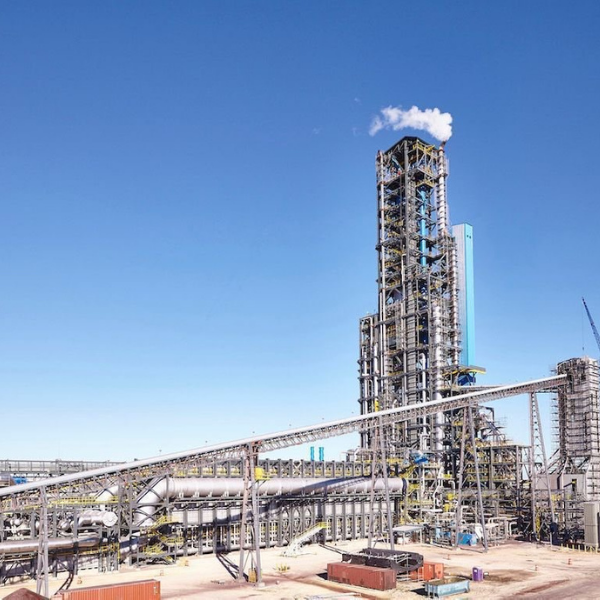
voestalpine Texas

